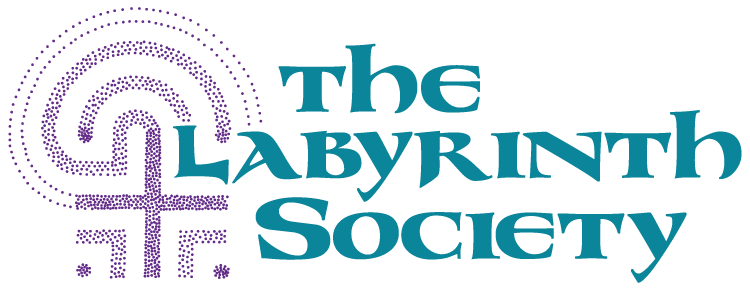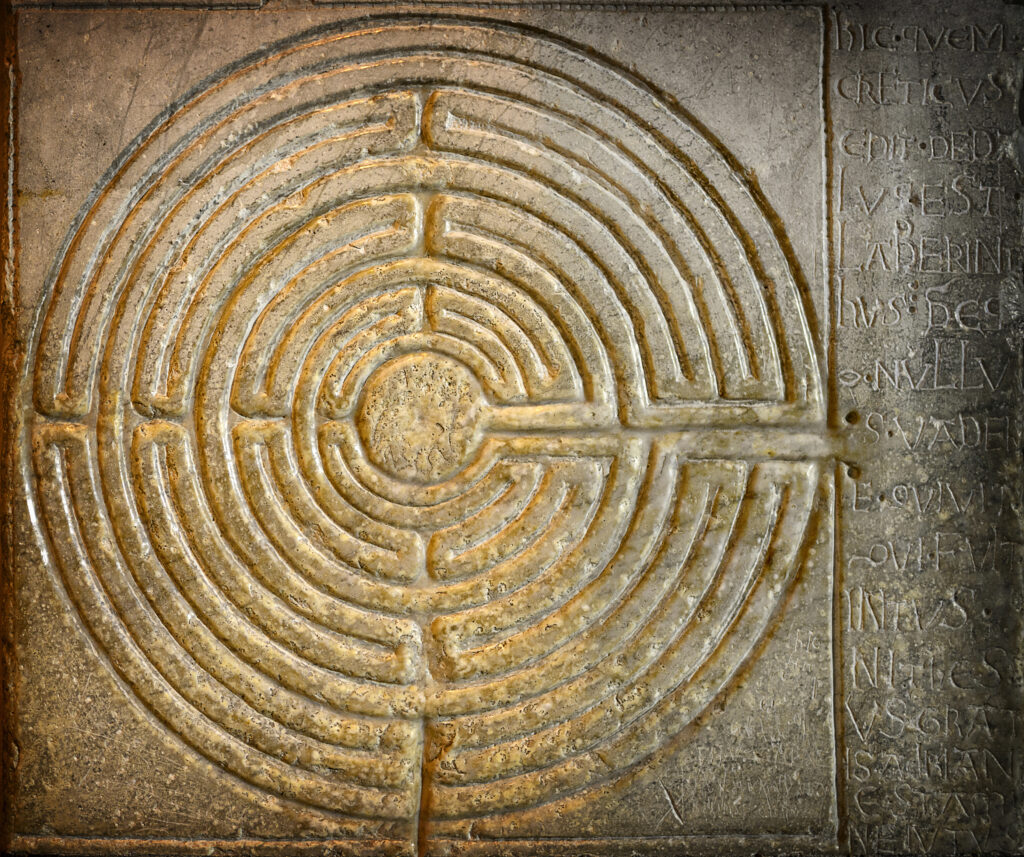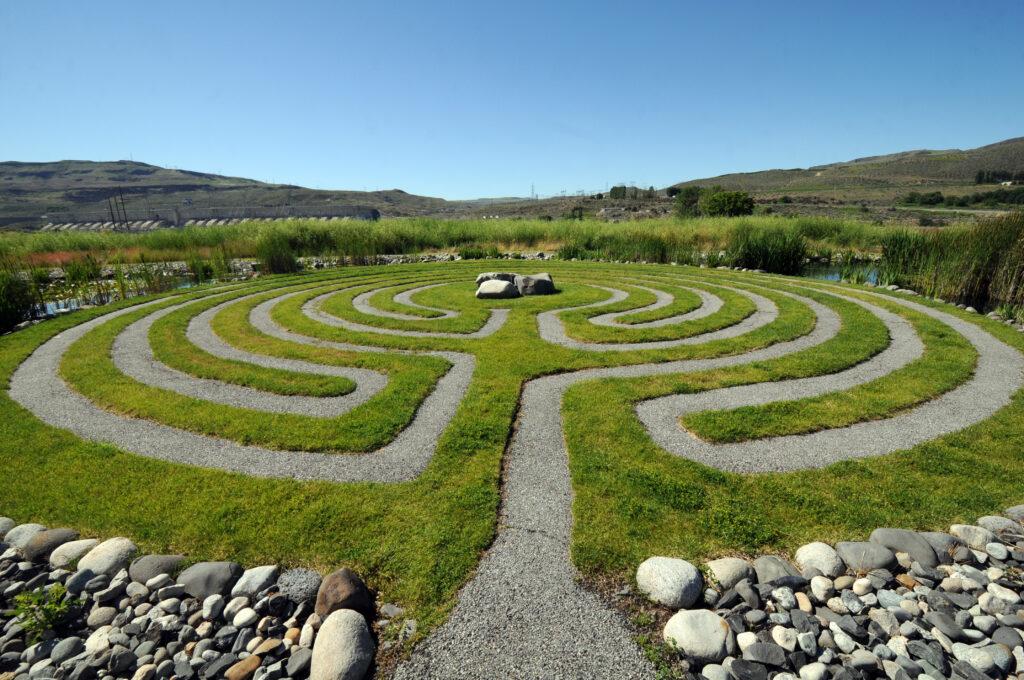In her book, Pondering the Labyrinth (Geoffrion, 2003, pg. 8), Jill Kimberly Hartwell Geoffrion raises the following as a question for pondering: “How does the labyrinth ‘work’ in creating the shifts that people describe?” Lauren Artress (Artress, 2006, p. 189) adds, “A … challenge to the Labyrinth Movement is the need for empirical research. Thus far we have relied on anecdotal information to illuminate the effects of well-being that occur in the labyrinth.” If not mountains, there are at least foothills of anecdotal reports regarding the effects people have experienced as a result of interacting with labyrinths in a variety of ways. (For example: Artress, 1995, 2006; Curry, 2000; Schaper and Camp, 2000)
There are beginning efforts underway to document empirically the effects that have been only reported anecdotally until now. The Context for Labyrinth Research, elaborated below, provides a structure to organize and guide these efforts.
This material originally appeared in the May 2007 issue of the journal, Labyrinth Pathways, and is reprinted here with the permission of the publisher.
How can the Context for Labyrinth Research be used to generate ideas for labyrinth research and help structure future labyrinth research efforts? The Basic Assumptions of Labyrinth Research and the Framework for Labyrinth Research can serve as unifying structures for collaboration among potential labyrinth researchers. It is hoped that individuals with an interest in labyrinths who might not be trained as researchers will see within the broad Framework an area of research inquiry that interests them, prompting them to seek the specific research assistance that they might need to make research contributions.






